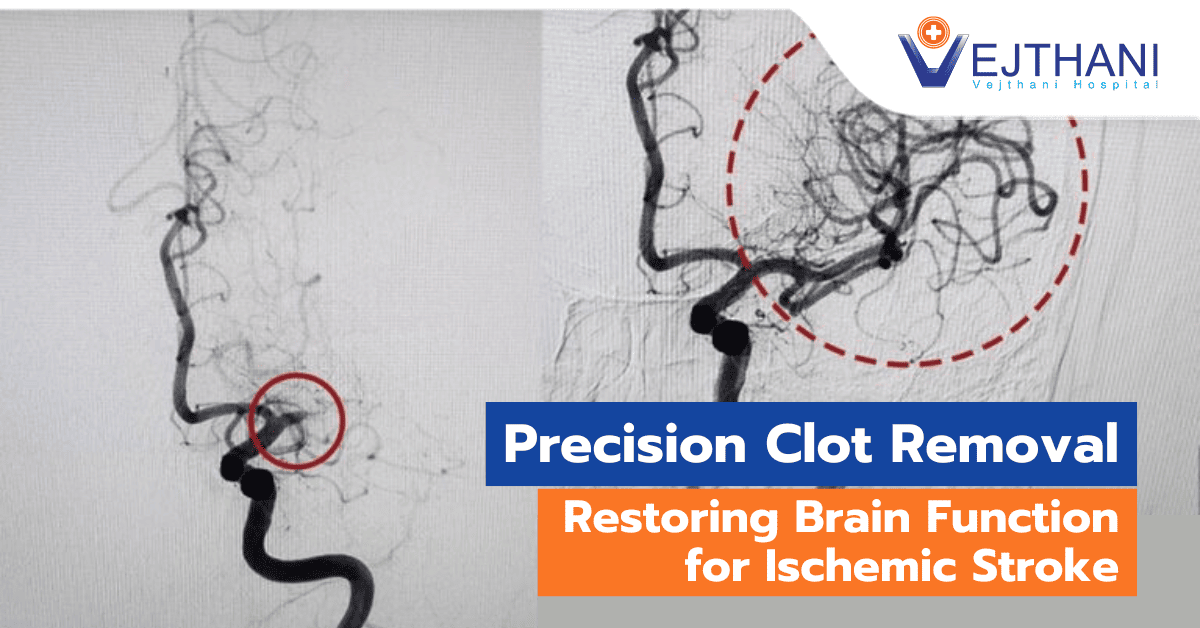
Capillary leak syndrome
Diagnosis
Healthcare providers utilize your medical history and conduct a physical examination to diagnose capillary leak syndrome. They assess your blood pressure to ascertain if it’s low as part of the diagnostic process.
Capillary leak syndrome diagnosis may also need the exclusion of other medical disorders by healthcare providers. Blood tests might be prescribed to check for:
- Elevated hematocrit (your blood’s red blood cell count) levels.
- Elevated hemoglobin levels, which are proteins found in red blood cells.
- Hypoalbuminemia, or low blood protein.
Additionally, a blood test for abnormal immunoglobin protein (also known as monoclonal gammopathy, or M protein) may be performed. M protein levels in the blood may be abnormal in people with capillary leak syndrome.
Treatment
There is currently no known treatment for capillary leak syndrome. Healthcare providers focus on preventing complications and managing symptoms. During an episode of capillary leak syndrome, they aim to regulate blood pressure to ensure adequate blood flow to your organs.
They also make an effort to stop excessive swelling and accumulation of fluid. They could utilize:
- Glucocorticoids: Steroids to lessen leakage in capillaries.
- Intravenous fluids: Liquids that improve blood flow to vital organs like your kidneys.
Hospitalization is often necessary during an episode of capillary leak syndrome. Throughout treatment, healthcare providers continuously monitor your venous and arterial pressure to prevent excessive fluid buildup. Overconsumption of fluids can lead to complications like pulmonary edema (excess fluid in the lungs) or sudden cardiac arrest. Following a capillary leak syndrome attack, also known as the recruiting phase or post-leak phase, healthcare providers may administer diuretics to reduce fluid levels. Diuretics are medications that promote urine production, aiding the body in eliminating excess salt and water.























